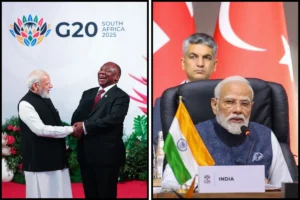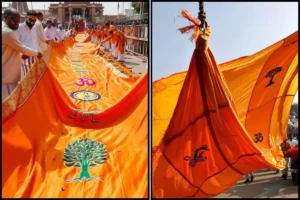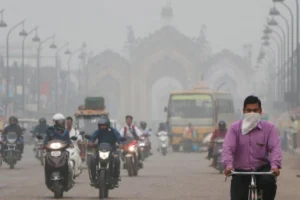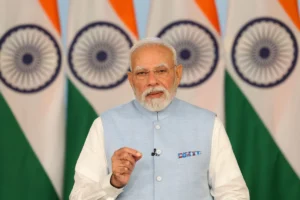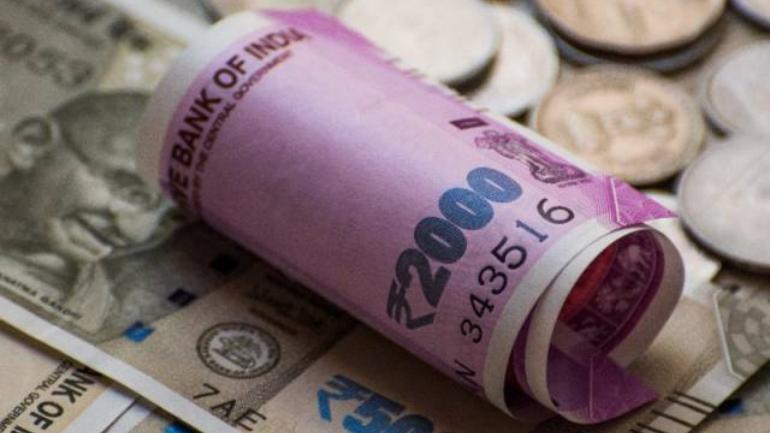
Indian currency
Western nations are “delighted” by India’s increasing oil imports from Russia as the aim of their action against Moscow for its Ukraine invasion was to keep oil flowing while limiting Russia’s revenue earnings, bp chief economist Spencer Dale said on Tuesday.
Western countries imposed economic sanctions against Russia after it invaded Ukraine in February last year.
With a view to restricting Moscow’s revenues, the Group of Seven (G7) coalition imposed a USD 60 per barrel price cap on seaborne Russian oil. The oil price cap bans G7 and European Union companies from providing transportation, insurance, and financing services for Russian oil and oil products if they are sold above the cap.
This has meant that Russian crude is being sold at a deep discount of as high as USD 30 per barrel to Brent. Indian refiners lapped up the discounted oil, making Russia the nation’s largest oil supplier, accounting for less than one per cent of oil imports a year back.
Talking to reporters, Dale said in conversations with leaders in all capitals – from Washington to Brussels, “have been delighted” by the increase of Russian crude flow into India. “This (increased import of Russian oil) is not a problem at all,” he said. “The whole point of the price cap was to keep Russian oil flowing (and) prevent oil shortage and to do it in such a way that Russia is not able to monetize those flows at very high prices.”
While countries in Europe shunned Russian oil, China and India increased imports from Moscow. This prevented any scarcity and price shocks.
“The fact that India was able to increase its imports very dramatically over the last year, below the price cap, was a great thing. That is exactly what the price cap was designed to do,” he said. “The increase in India’s imports has been welcomed.”
Also read: Kremlin, Vladimir Putin Paid Secret Visit To The Kherson Region Of South Ukraine
He said the price cap has worked far better than anybody possibly could have expected.
“The oil has kept flowing and to the extent, we can tell (that) much of that trade has happened below the price cap. And I think, the US treasury has estimated that something like 25 per cent of oil, which is exported from Russia, is being transported using western transport or insurance, which implies that they are able to attest that it is happening below the price cap,” Dale said.
While the exact price at which Russian oil was being sold is not known, the use of a non-western shipping fleet and insurance is likely to increase the cost for Russia.
“They are having to use more and more limited fleets. They are having to sell to more and more limited markets in which case they have to provide an incentive for countries to take that,” he said.
India’s import of Russian oil has jumped from 1 million barrels per day in September last year to 1.8 million barrels now. “And (for that to happen), Russians have to make sure that their crude is attractive (by selling at discount),” he said.
To read more such news, download Bharat Express news apps







